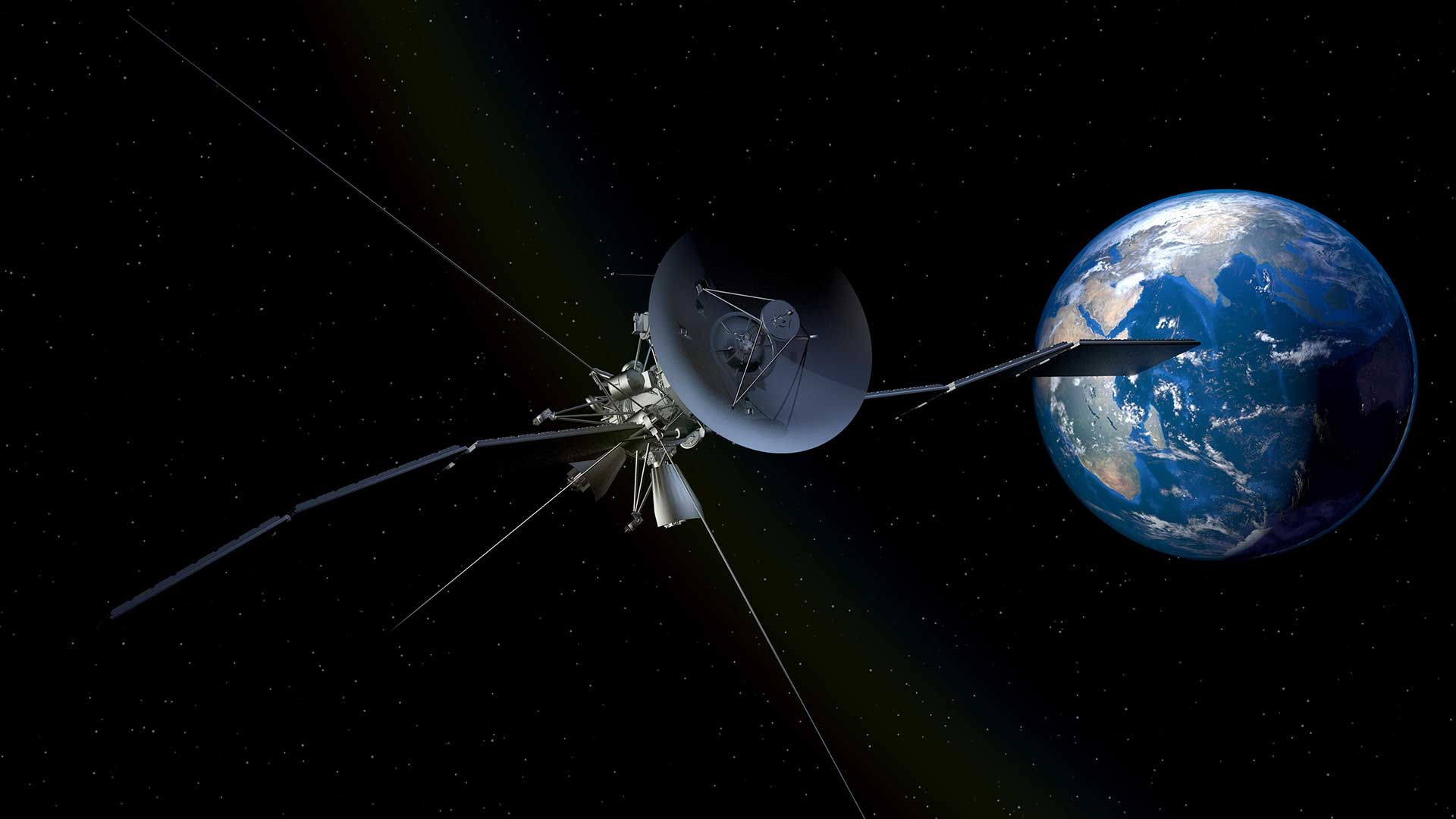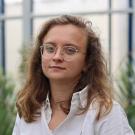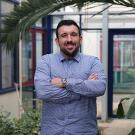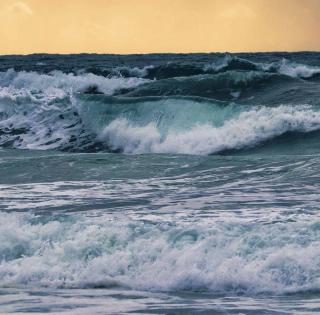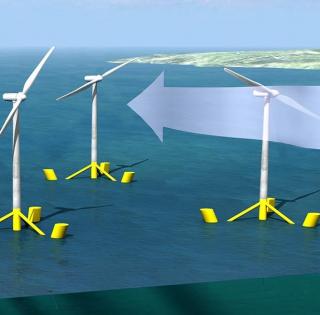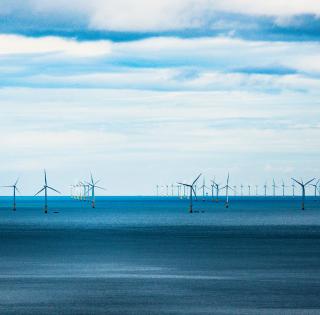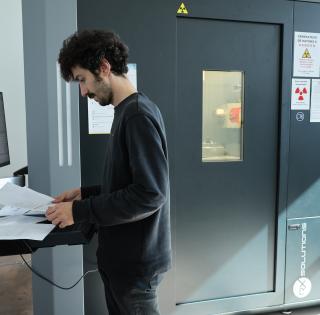
Research areas for protecting the marine environment
To meet the environmental challenges and support stakeholders (NGOs, policy makers, civil society and the private sector) in their actions to minimize the impact of human activity on the marine environment, considerable effort has been invested over recent decades in increasing observations of the marine environment. Accordingly, worldwide, more than 90% of environmental data has been generated in the last three years (signals, images and time series).
Against this backdrop, artificial intelligence (AI) techniques, not least data science and machine learning, have an instrumental role to play in analyzing and processing data relevant for measures protecting the marine environment.
The "OSE" research team has taken up this methodological research in signal processing and AI applied to the marine environment, by focusing more particularly on multimodal remote sensing:
- oceanic remote sensing (satellite images),
- monitoring of the marine environment (aerial images, GNSS, ARGOS or AIS data, etc.)
- and underwater monitoring (passive acoustics, underwater video images).
One of the team’s concerns is to improve the performance of AI algorithms through in-depth consideration of the nature of the phenomena we wish to find out more about.
Three aspects of the interface between AI and monitoring of the marine environment are addressed: AI & physics, AI & robustness and AI & inverse problems. The latter, for example, includes building AI strategies on the basis of large datasets to resolve environmental inverse problems (data interpolation, target recognition, geophysical signal inversion, information reduction, etc.).
Examples of applications
- Geophysical dynamics at the ocean surface: by variational model and solver learning for data assimilation.
- Recognition of fish species in underwater video images.
Collaborations
- Companies: Thales, NavalGroup, CLS, Eodyn, Actimar, Hytech-imaging.
- Institutions: CNES, DGA, IFREMER, IUEM, INRIA, Météo France, Mercator Ocean, IRISPACE, EUR ISblue, SHOM, FEM.
- Academia: GIPSA, Marbec, Sorbonne Univ, UCLA (Computational and Applied Mathematics group), Univ. of Washington (Applied Phys. Lab., Applied Math. Dept), Australian Antarctic Division, Barcelona Supercomputer Center, NERSC, Univ. of Dalhousie (Institute of Big Data Analytics), IMEDEA (Spain), Univ. Laval (Canada), ETH Zurich, Univ. Buenos Aires (CIMA, Argentina).
- and the GDR ISIS research network (CNRS)
OSmOSE, a collaborative data analysis tool
To analyze underwater recordings, researchers are also harnessing the open-source data processing tools developed by the research group OSmOSE (which stands for Open Science meets the Ocean Sound Explorers; this is a project supported by the OFB). Launched by ENSTA Bretagne in 2018, its aim is to standardize and share the methods and findings of their research community to make it easier for research teams in the field of underwater acoustics to work together.
To date, the project has enabled development of a data storage and processing platform as well as a web app used for audio annotation. Dorian Cazau, a professor and the group coordinator, explains that “[t]he annotation stage is key for training automated algorithms to subsequently detect the sounds”. Both tools are hosted at France’s ocean science research institute, Ifremer.
To annotate a sound, and therefore characterize it in the algorithm, it must first be recognized. For that, it must be isolated from the other sounds and visually represented on a spectrogram (2D graph of the intensity of a sound at variable frequencies over time). Citizen scientists, i.e. amateurs, help to analyze the spectrograms. “By studying the deviations between the amateurs’ findings and the experts’ conclusions, we can understand in what way our annotation tasks are difficult to carry out, and adapt the development of our tools accordingly.”
Indeed, the group would ultimately like to provide user-friendly tools for training staff working at Iroise Marine Natural Park and the OFB for example.
OSmOSE will thus bring research developments more closely into line with ecology practitioners’ requirements.






